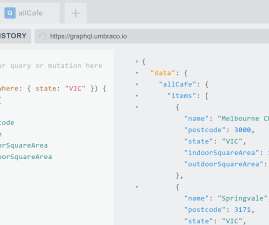What is chaos engineering?
Dynatrace
OCTOBER 28, 2021
But with the complexity that comes with digital transformation and cloud-native architecture, teams need a way to make sure applications can withstand the “chaos” of production. Speeds incident response. By learning what failure scenarios are possible, these teams can speed troubleshooting, repairs, and incident response.





















Let's personalize your content